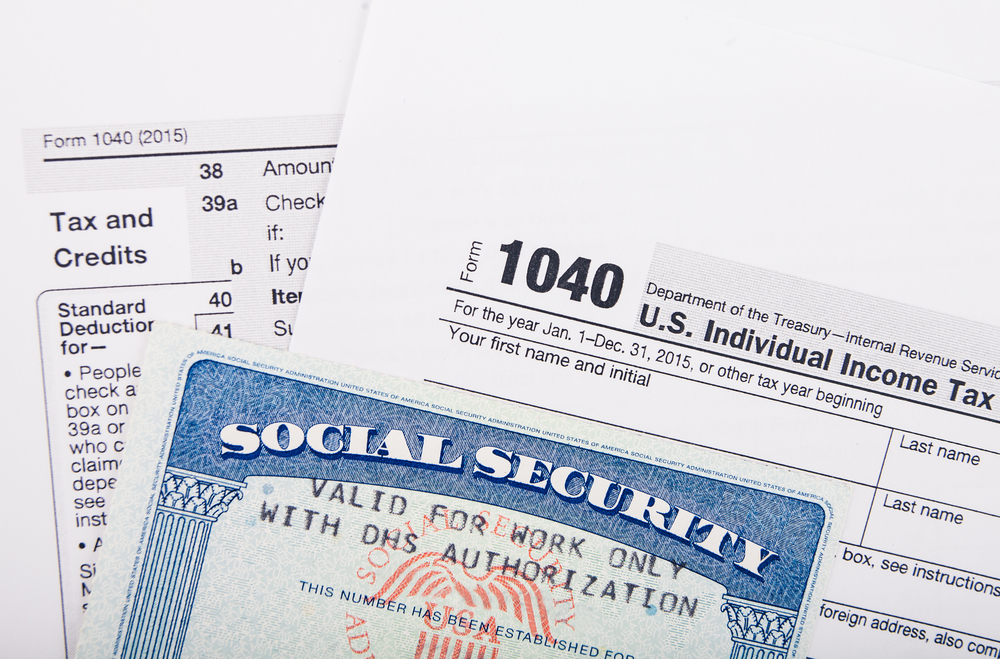Are you or a loved one living with a disability and struggling to make ends meet? The United States government offers two vital programs to support individuals with disabilities: Social Security Disability Insurance (SSDI) and Supplemental Security Income (SSI). In this article, we'll delve into the world of SSDI and SSI benefits, exploring what they are, how to qualify, and how to apply.
Understanding SSDI and SSI: What's the Difference?
SSDI and SSI are both designed to provide financial assistance to individuals with disabilities, but they have distinct differences:
SSDI (Social Security Disability Insurance): This program is funded through payroll taxes and provides benefits to individuals who have worked and paid Social Security taxes. To qualify, you must have a significant work history and meet the Social Security Administration's (SSA) definition of disability.
SSI (Supplemental Security Income): This program is funded by general tax revenues and provides benefits to individuals with disabilities, blindness, or age (65 or older). SSI is designed for those with limited income and resources.
Eligibility Requirements: Who Qualifies for SSDI and SSI?
To qualify for SSDI or SSI, you must meet the SSA's definition of disability, which includes:
Having a medical condition that significantly limits your ability to perform basic work activities
Having a condition that is expected to last for at least one year or result in death
Being unable to engage in any "substantial gainful activity" due to your condition
Additionally, for SSDI, you must have:
Worked and paid Social Security taxes for a certain number of years, depending on your age
Earned a certain number of work credits, which are based on your income
For SSI, you must:
Be 65 or older, blind, or have a disability
Have limited income and resources
Be a US citizen, national, or qualified alien
How to Apply for SSDI and SSI Benefits
Applying for SSDI and SSI benefits can be a complex process, but it's essential to follow these steps:
1.
Gather required documents: Collect medical records, proof of income, and work history.
2.
Apply online or in-person: Submit your application on the SSA website or visit your local SSA office.
3.
Wait for a decision: The SSA will review your application and may request additional information.
4.
Appeal if necessary: If your application is denied, you can appeal the decision.
SSDI and SSI benefits can be a lifeline for individuals with disabilities, providing essential financial support and peace of mind. By understanding the differences between these programs and following the application process, you can unlock the benefits you deserve. Remember to stay informed, and don't hesitate to reach out to the SSA or a qualified representative for guidance. With the right support, you can navigate the system and start receiving the benefits you need to thrive.
Visit the
USAGov website for more information on SSDI and SSI benefits, and take the first step towards a more secure and stable future.









